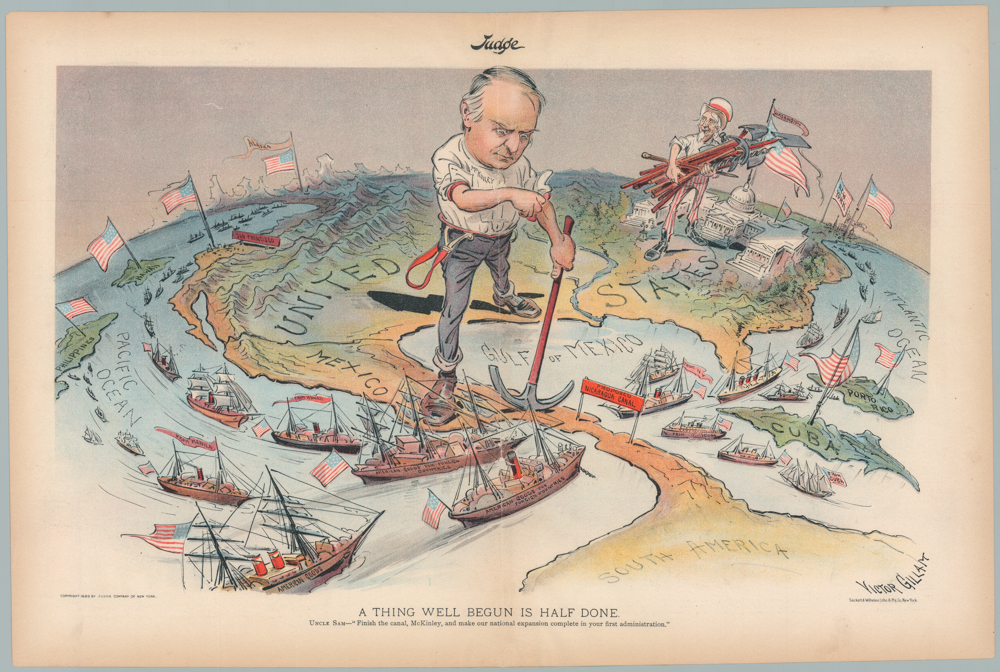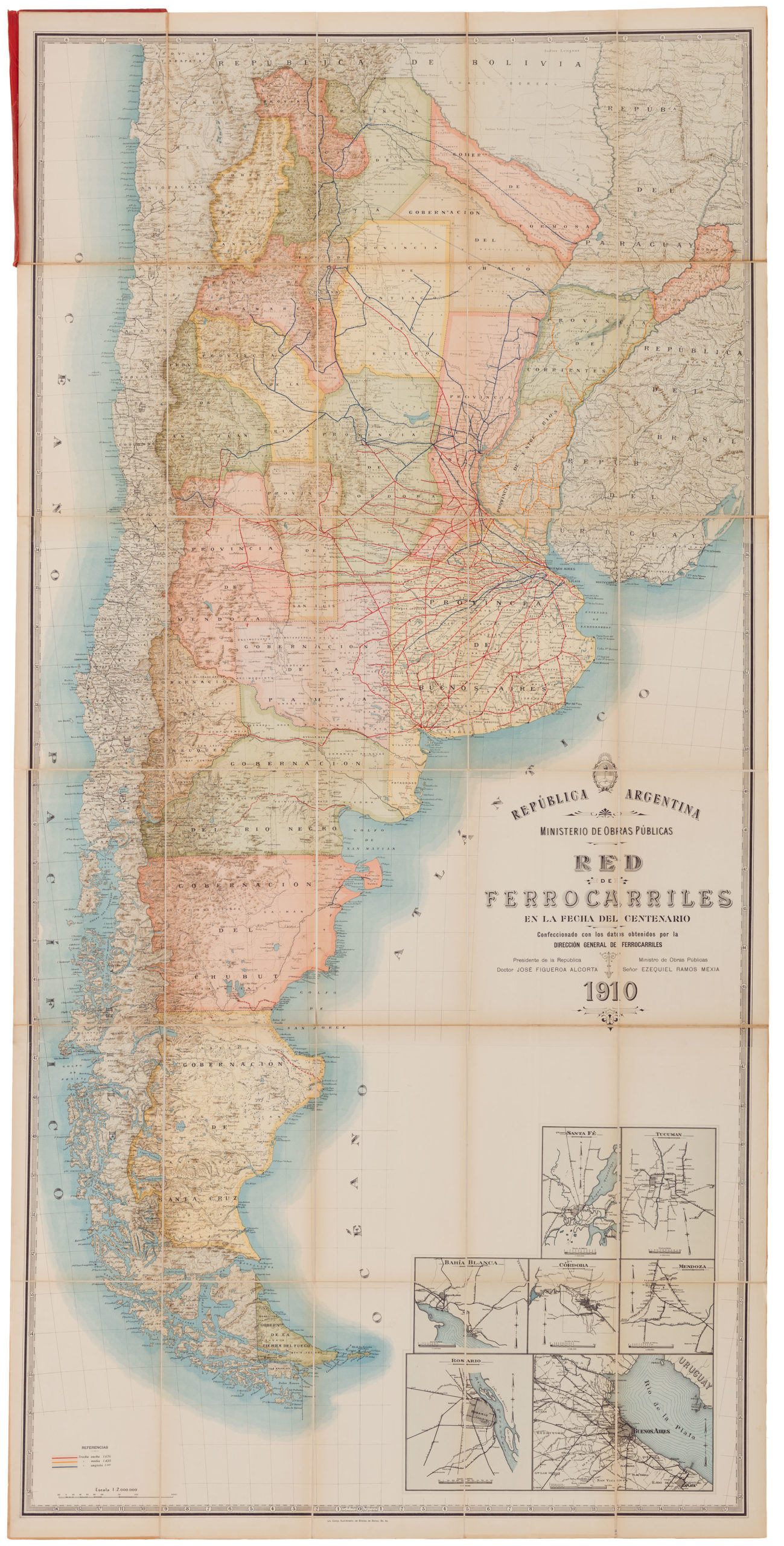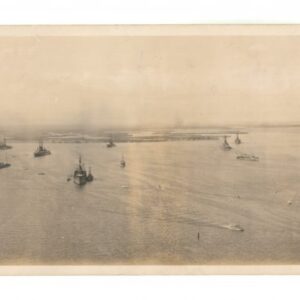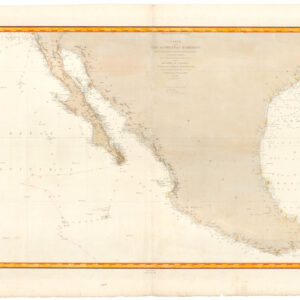An archaeological plan of the ruins of the great Mayan city of Tikal, a site that still baffles historians to this day.
A Guide Map of the RUINS OF TIKAL Guatemala.
$675
1 in stock
Description
The ancient Mayan city of Tikal in Guatemala is one of the world’s largest and most important archaeological sites. Building on decades of archaeological fieldwork, this quadratic site plan was designed to provide foreign visitors and students of Mayan archaeology with a complete, to-scale overview of the site. Measuring 22 by 22 inches (55.5 x 55.5 cm), the plan is maintained in a crisp black-and-white, with every identified feature and building marked in black. The entire city has been overlaid with a grid, which figures clearly on the map, a standard practice in archaeological mapping, as it allows both visible and newly discovered features to be positioned effectively in relation to each other in an era that predated GPS.
As with most ancient cities, there is a monumental built-up center, which allowed Tikal to be identified and defined in the first place. The monumentality of the urban core is evident from the plan, which reveals how the larger buildings cluster in the middle of the site. The cartographers delineate enormous complexes related to Mayan religion and political structure in black and, in most cases, label them with their formal archaeological designation (e.g. Temple V, Complex N, etc.).
In addition to the great temples, palaces, and ceremonial spaces surrounding the central acropolis, we also find enormous underground reservoirs throughout the site and at least three monumental causeways connecting the city center to other important cultic areas within Tikal. To the north, these include the Maler and Maudslay Causeways, which in unison create a circular connection between the central acropolis and a cluster of monumental buildings north of the site (known as Group H). A third prominent thoroughfare or ceremonial boulevard, the so-called Mendez Causeway, leads southeast from the central mound to the famous Temple of the Inscriptions.
As is often the case with large-scale archaeological sites, the ground hides much more than one would expect. Until recently, archaeologists tended to chase after the most monumental features they could find, as this not only spoke to the power hierarchy present at such larger-scale sites but usually also contained the most visually massive and socially most important buildings of a given site. Yet as it is with modern cities, even though downtown may be the politically most prominent and illustrious part of a given settlement, it is ultimately the people who live and operate there that bring it to life. Frequently, these people have been forgotten or at least marginalized in the scientific query, but this excellent site plan gives a sense of just how comprehensive the habitation profile is and how much of the city was dominated by the more humble features that frame daily life (e.g. streets, workshops, housing).
At the center of Tikal, we find the mysterious Central Plaza, presumably used for ceremonial purposes and delineated by two steep pyramids dominating the eastern and western flank of this great open space. The largest of these is known as Temple I. It is located east of the Central Plaza and rises 45 meters above it. The Temple I pyramid also opens onto an Eastern Plaza, which links with the Maler Causeway and consequently with the northern temenos or temple area. Across the Central Plaza from Temple I is a slightly smaller pyramid known as Temple II, which ‘only’ rises some 38 meters above the ground.
Immediately beyond the Central Plaza, on what is now known as the North Acropolis, enormous stepped terraces had been decorated with grotesque, giant masks carved from plaster and masonry. These are but some of the many features that testify to the mind-blowing technological capabilities of these early American city-builders.
Context is Everything
Tikal is located in the El Petén region of northern Guatemala and is one of the largest city-states in the world. It was built by the Maya culture around the 3rd century and was active as a major urban hub until at least the 10th century CE (although it presumably was inhabited for centuries after its formal collapse). Tikal controlled an enormous area stretching from the rain forests of the Yucatán Peninsula to western Honduras and including a significant number of comparable cities. It has been estimated that Tikal was home to around 60,000 people during its heyday in the mid-8th century. What ultimately caused the decline and abandonment of the city has been the subject of debate for more than a century, but today most archaeologists and historians agree that a combination of mercury poisoning and toxic algae constituted the primary cause for its abandonment.
The site was ‘re-discovered’ by Guatemalan soldier and politician Modesto Méndez Guerra (1801-1863), who served as mayor of El Petén during the conservative government of General Rafael Carrera y Turcios between 1846 and 1859. In addition to being recognized for his political skills, he led multiple small-scale expeditions into the Guatemalan jungle. During one of these explorations in 1848, Mendez discovered the Mayan ruins of Tikal. Excavation work has continued more or less uninterrupted since its discovery, with new and important discoveries made every year.
Cartographer(s):
Condition Description
Wear and minor loss along fold lines.
References






